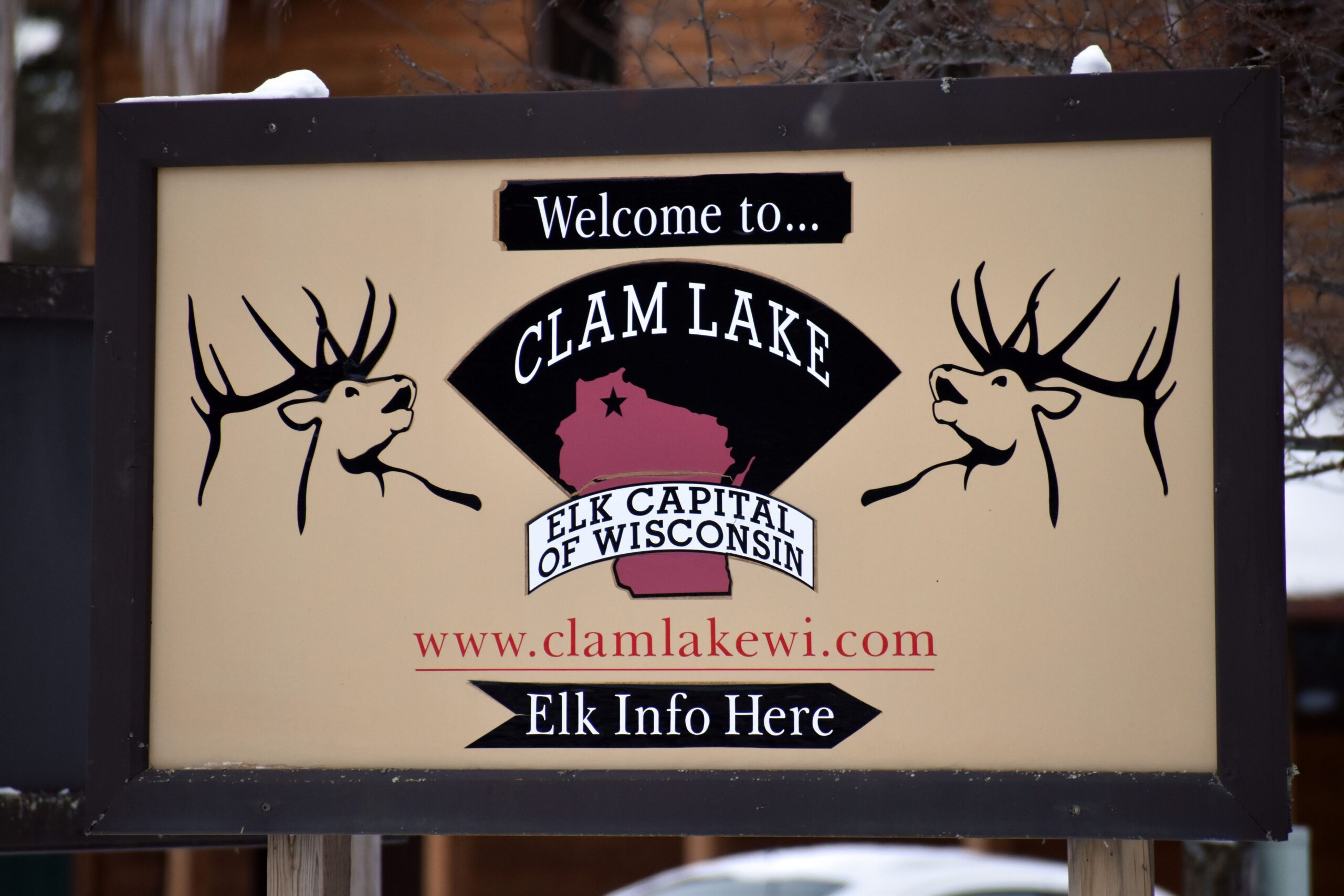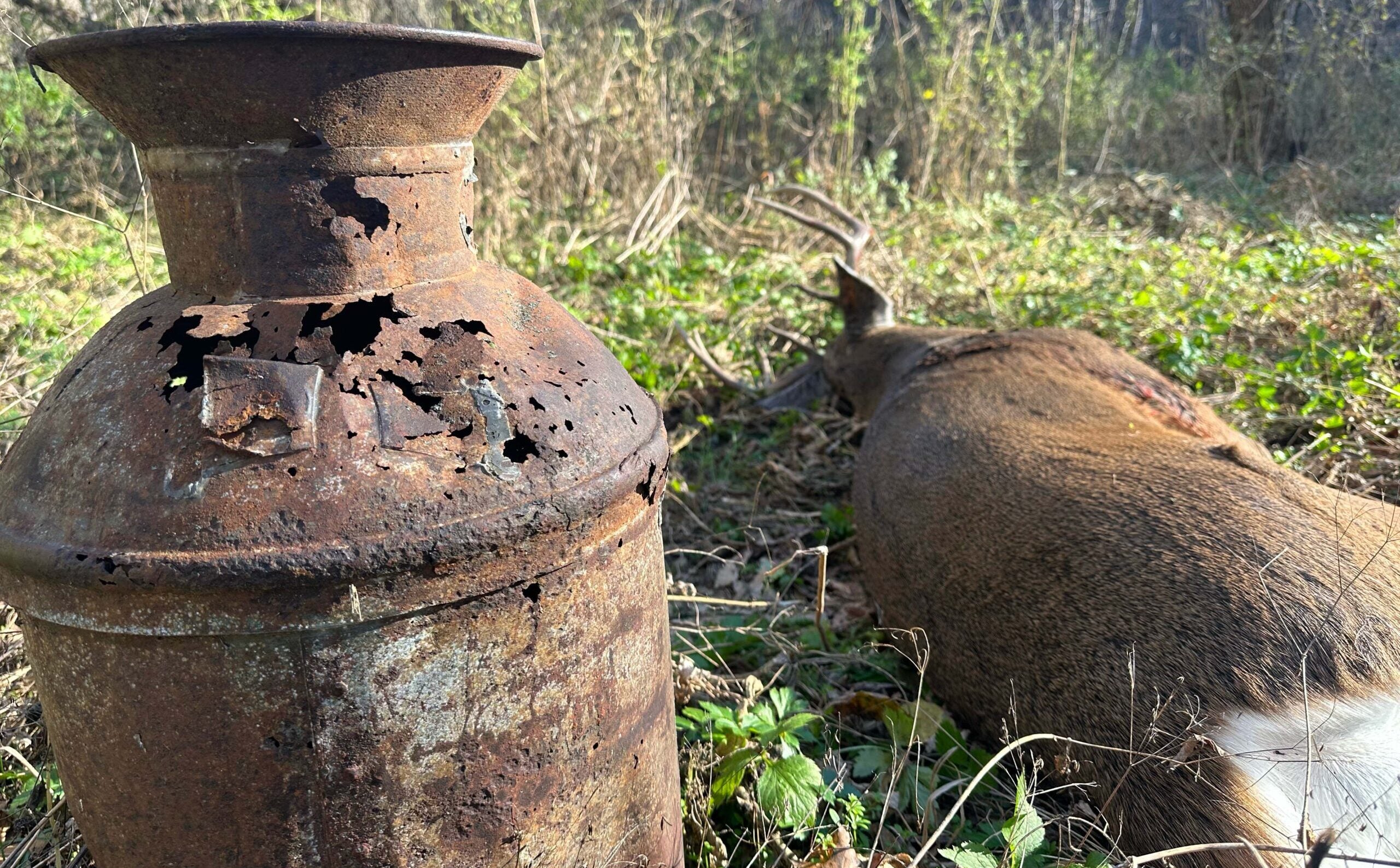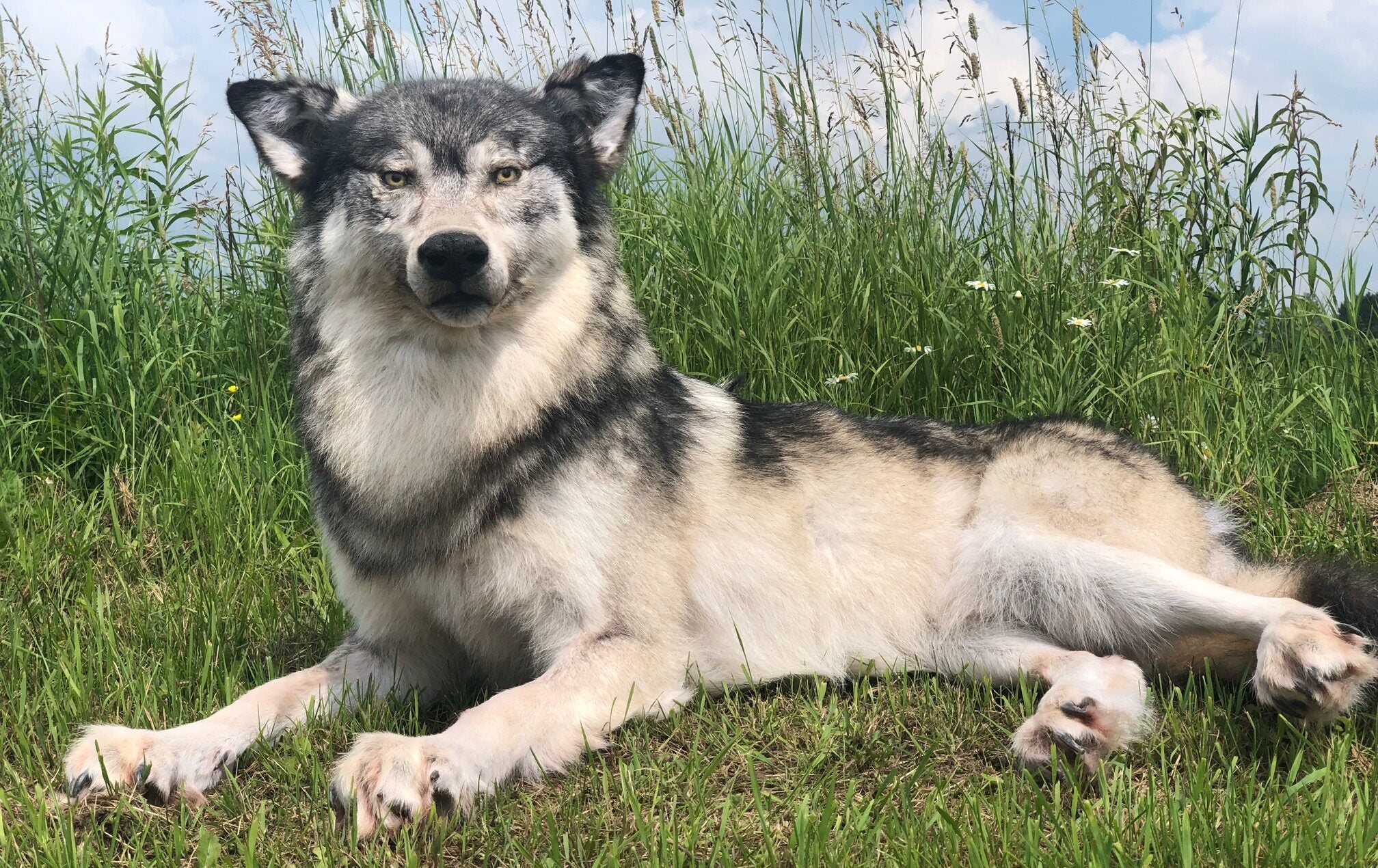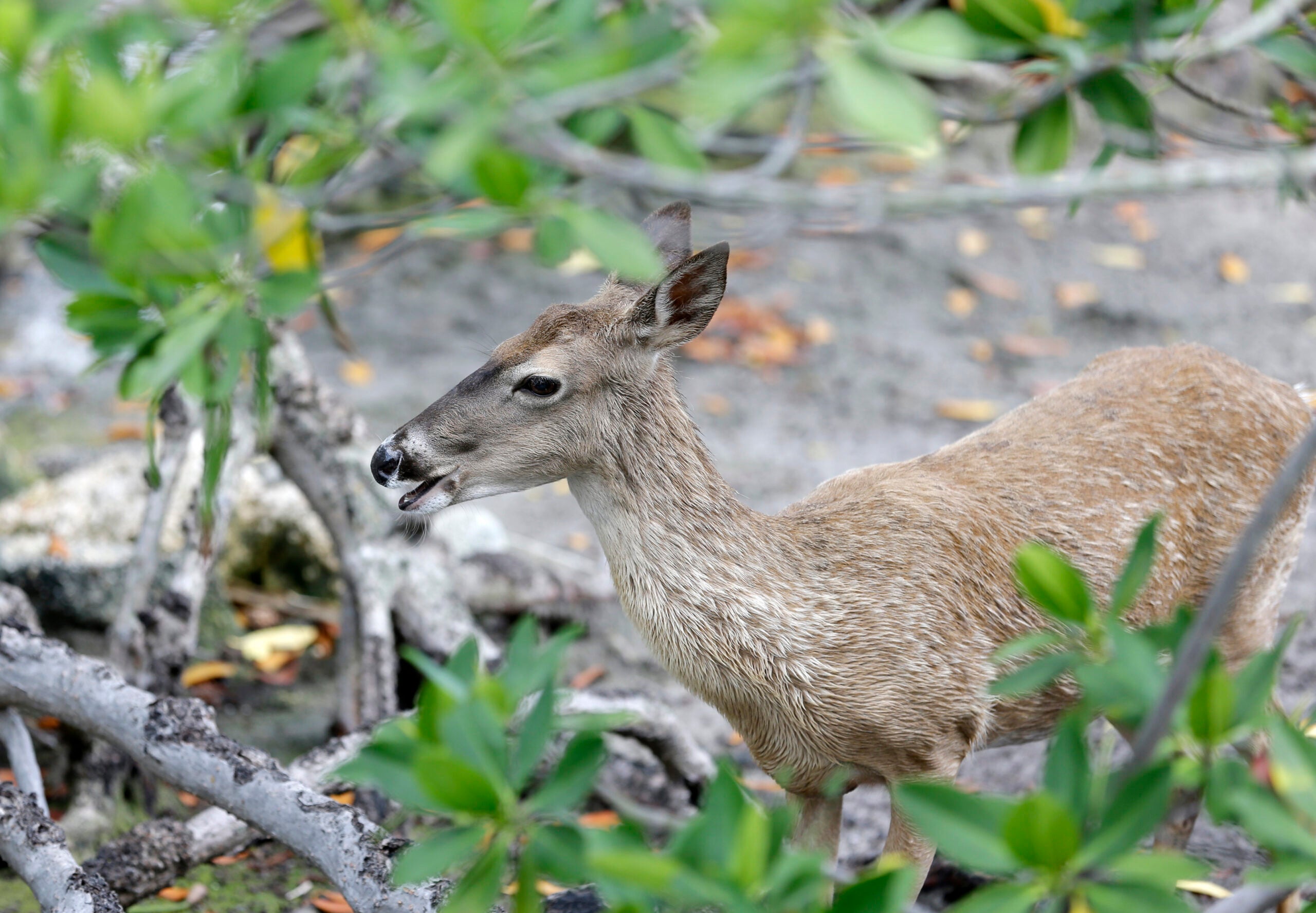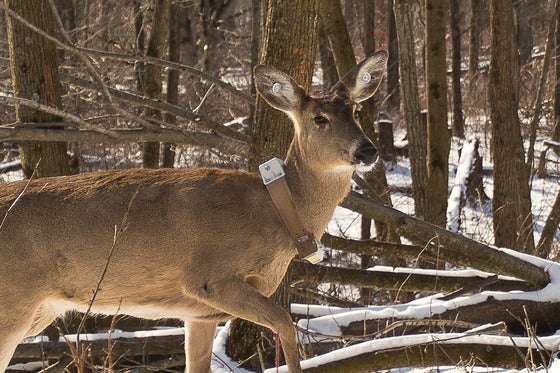Although Wisconsin is trying to build up its elk population, a state wildlife biologist says limited, regulated hunting this season can help the species in the long run by expanding genetic diversity.
Josh Spiegel, a Hayward-based wildlife biologist for the state Department of Natural Resources, recently joined Wisconsin Public Radio’s “The Morning Show” to discuss the recovery of elk after unregulated hunting wiped out the species about a century ago.
Wisconsin now has two herds of elk, Spiegel said. One herd roams parts of Ashland, Bayfield, Sawyer, Rusk and Price counties. The second herd stays in Jackson County east of Black River Falls. The two herds combined are about 515 elk, Spiegel said.
News with a little more humanity
WPR’s “Wisconsin Today” newsletter keeps you connected to the state you love without feeling overwhelmed. No paywall. No agenda. No corporate filter.
On “The Morning Show,” Spiegel also discussed how the DNR estimates herd sizes and how elk migrate differently in other states.
The following was edited for brevity and clarity.
Kate Archer Kent: In May, the DNR awarded elk hunting licenses to four randomly selected hunters. You had more than 21,000 people apply. Why schedule a hunt when the total number of elk is below targets?
Josh Spiegel: With elk management and the opportunity to pursue a game animal, part of our management plan is to provide that recreation to hunters on the landscape. Elk not being at population goal isn’t a super big thing because elk are harem breeders. So, one particular bull can breed many, many cows in a given year. There tends to be a surplus of bulls on the landscape. There (are) bulls out there that may never become a harem bull, do a majority of the breeding and pass their genes along.
Allowing a hunt to occur also ensures genetic mixing. You don’t have the same bull breeding the same cows year after year after year. That’s very important as we have introduced new genetics into our population. So in 2015, 2016, 2017 and 2019, elk were brought into Wisconsin to establish the Black River group — the Jackson County herd — as well as supplement the northern herd. Hunting also allows us to continue mixing those genetics, getting bigger and stronger animals.
KAK: Were you surprised by the number of applications?
JS: I’m indifferent. The very first year we opened the hunt in 2018, we had just shy of 40,000 applicants. Since then, it has floated right around 25,000 a year. When you think about recreation, the king in Wisconsin is white-tailed deer hunting. We have over 700,000 deer hunters that venture into the woods during the fall months to pursue deer any given year. So, 25,000 people putting in for elk isn’t really that much compared to whitetail hunters. But it’s a very large number of people in general across the state.
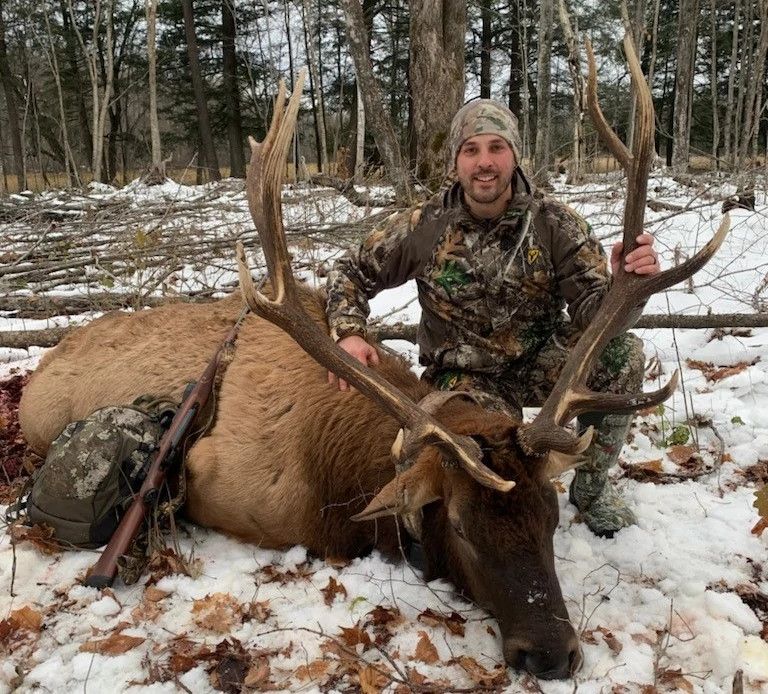
Photo courtesy of the Wisconsin DNR
KAK: How does the DNR estimate herd size?
JS: I’ll take white-tailed deer, for example. There are so many on the landscape that we have a pretty wide range for our estimate. Elk are localized in a couple of different areas. They’re a herd-associated animal. Usually if you see one or two, you’re probably going to see a group of elk.
We use a lot of different mechanisms to (count them). We do a lot of hands-on work. In the wintertime, we have the ability to put radio tracking collars on our elk. We have probably about 25 percent to 30 percent of the population collared for monitoring and tracking reasons. We get a ton of data from that. Then, we also do other things like drone surveys, airplane surveys and field surveys where we go out and observe the elk. We get information from a lot of different partners or other people in the area.
At the end of the year, we draw all that information together and we put that in our population model that projects some of our recruitment inputs, mortality factors and all the different things that go into population estimates for a given year.
KAK: What do drivers need to know about elk to avoid hitting them?
JS: First and foremost, how large they are. A lot of people we (hear from), they’re used to seeing white-tailed deer. They dart across the roads, running back and forth and whatever they might do. Elk typically don’t run. Usually if you see elk, they’re just going to lumber around. If cows have calves, the calf might dart around. But those adult animals, they’re just going to lumber around and walk. They know they’re the biggest thing on the landscape. So, they’re not too interested in expending different energy.
The best recommendation we have for people is keep your eyes open — looking on the roadway, obviously, but also within ditches. Just exercise caution in areas that we have elk. We made a big effort a couple of years back to do a bunch of roadway signing. Similar to the white-tailed deer crossings in the state, we have signs that say, “elk crossing area.” Usually those are good areas where people want to practice a little extra caution for elk.
If you do have a passenger, it’s not a bad idea to have another set of eyes out looking. Typically, we hope to avoid these issues by having better habitats away from the highways.
READ MORE: Car crashes are the leading cause of death for elk in central Wisconsin
KAK: Elk out West have migration patterns as they follow food they want in the winter. Do our elk have any migration tendencies?
JS: Not really. Here in Wisconsin within both ranges, we have what’s called “all-season habitat.” In the summertime, elk are going to forage primarily on grasses, forbs and lightly on some woody browse. That’s going to be available throughout the entire growing season and even on the fringes. As soon as snow goes out, they’re going to be chewing on last year’s grass, etc. When wintertime comes, they transition to more browse. In the early snow, they’ll still dig down to the grasses and eat there, but then they’ll transition to woody browse — the woody chute ends, buds, etc. on tree branches.
Wisconsin Public Radio, © Copyright 2026, Board of Regents of the University of Wisconsin System and Wisconsin Educational Communications Board.
